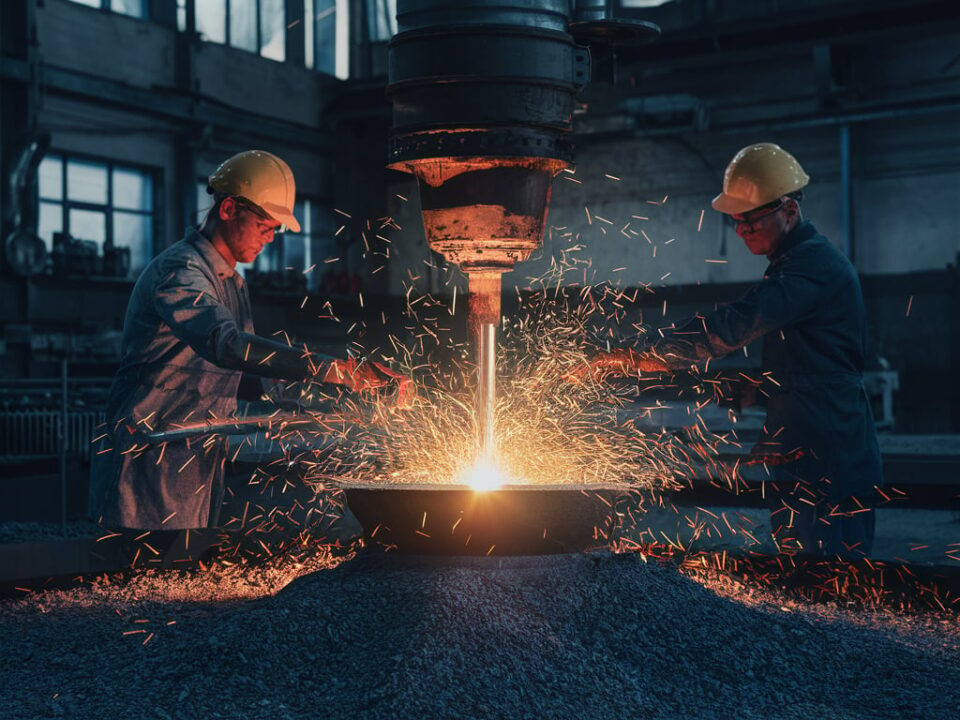Casting is becoming an increasingly relevant method for the production of components that are used in machine applications where vibration is typically a problem. Cast steel has a lesser damping capability than cast iron, which may result in an excess of vibration and noise in the form of ringing or screaming. Castings made of steel are employed in situations when cast irons are unable to transmit sufficient strength and shock resistance.
Specializing in the selection of alloys, tool design, prototyping, and production planning, SS castings India has knowledgeable engineers that are able to collaborate with you in these areas. In addition, the facility is equipped with some of the most cutting-edge investment casting technology in the industry, such as induction melting furnaces and enormous production capacity. Each and every precision cast item is guaranteed to have excellent dimensional accuracy and repeatability thanks to precision measurement equipment.
The Fundamentals of SS casting
It is a manufacturing method that involves pouring molten stainless steel into a mold that has a hollow chamber of the required form. This process is known as casting stainless steel. After the liquid steel has turned into a solid state, the mold is removed, exposing a cast. The cast is then allowed to cool and undergo further processing. Through the use of this method, it is possible to produce intricate structures and forms with a great degree of precision and reproducibility.
Stainless Steel Casting Offers A Number Of Benefits In Industries
Casting made of stainless steel is used by many different sectors because it provides a range of benefits that make it a favored option. In addition to its remarkable resistance to corrosion, strength, and durability, as well as its cost-effectiveness and sustainability, the advantages of casting stainless steel are many and impressive:
- Protection Against Corrosion
The excellent resistance to corrosion that stainless steel has makes it appropriate for use in a wide variety of situations. Having the capacity to tolerate extreme circumstances guarantees that its performance and dependability will persist for a long time.
2. Excellent resistance to heat
Because of their ability to endure high temperatures, these alloys are able to keep their structural integrity even when subjected to severe heat. Because of this, they are well suited for applications that entail exposure to heat sources or those that involve high temperature variations.
3. Extended life
Cast stainless steel components have a lifespan that is much longer than average because of their strength and durability. The fact that they are able to tolerate enormous loads, impacts, and difficult working circumstances guarantees that they will continue to function reliably over a lengthy period of time.
4. In terms of an aesthetic appeal
A great number of manufacturers and designers find cast stainless steel to be attractive because of its sleek and contemporary appearance. A variety of items and architectural projects may benefit from the addition of a touch of elegance thanks to its sleek and polished look.
5. An economical choice
Casting stainless steel is a cost-effective method that may be used for the production of large quantities of components or complicated forms simultaneously. The production costs are reduced because to this effective manufacturing technique, which also makes it possible to produce at a discounted rate without sacrificing quality.
6. Environmentally friendly
In many different sectors and uses, stainless steel is an environmentally benign material since it is completely recyclable. Through the selection of stainless steel, you are able to make a contribution to the circular economy, reduce your influence on the environment, and promote a future that is sustainable.
7. Machinability
In addition, stainless steel casting have great machinability, which makes the manufacturing processes simpler and more effective. They can also be welded with relative ease, which makes them an economical choice for performing repairs and adjustments.
Engineers with the necessary expertise are able to collaborate with you in the process of selecting alloys, developing tools, prototyping, and planning manufacture. Some examples of alloys include austenitic stainless steels such as CF8 (304), CF3 (304L), CF8M (316), and CF3M (316L), as well as nickel base alloys such as Monel®, cupro-nickel, Hastelloy®, Duplex Grade, and others.
Bottom Line
The use of stainless steel castings has revolutionized the manufacturing industry, providing companies with high-quality components that can withstand harsh environments and demanding operating conditions.

